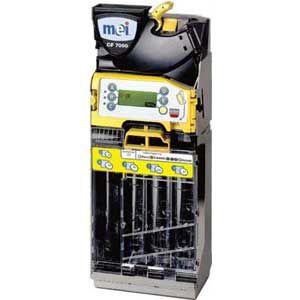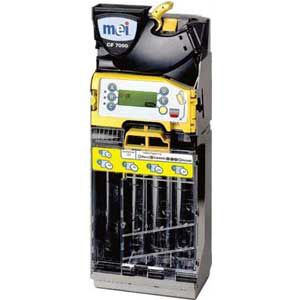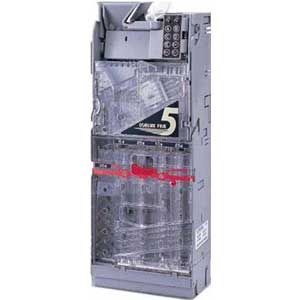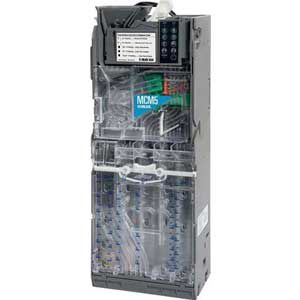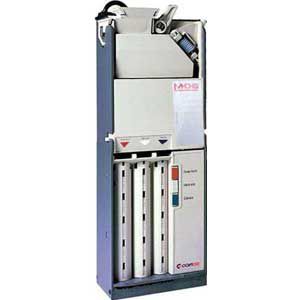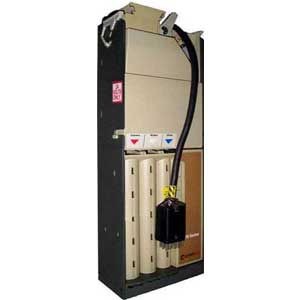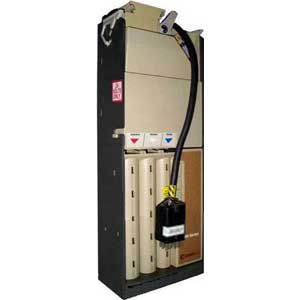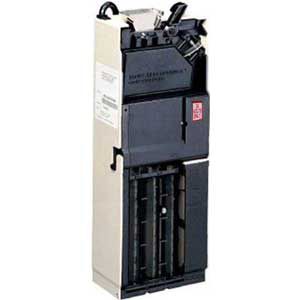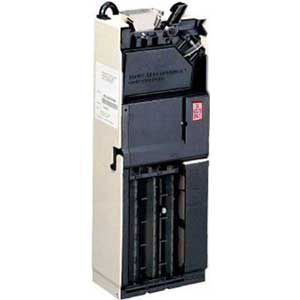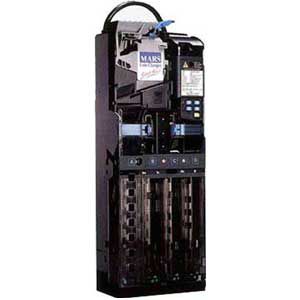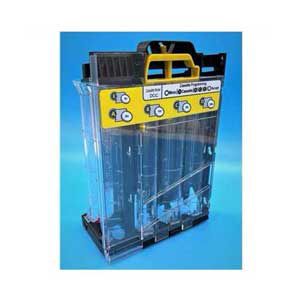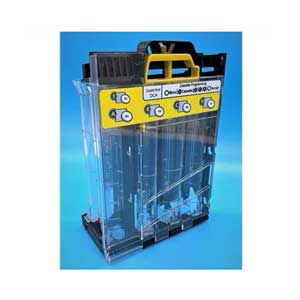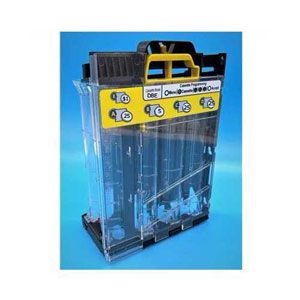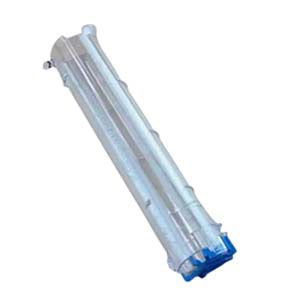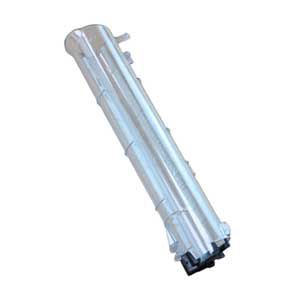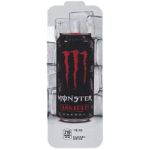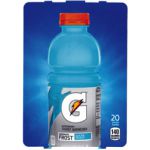-
About Us
-
Vending World is a supplier of refurbished vending machines and vending machine parts. On the world wide web for 23 years from 1998 to 2021. We are the largest seller of refurbished vending machines in California. In total sales of used vending machines, refurbished vending machines and vending machine parts for the last ten years.
-
In order to serve our customer better we have moved our facility to a new location in 2015. Our new facility has been updated with a larger parts department and many other features.
-
We can help you get started in the vending business. Visit our new users page for answers to many of your questions about the vending business.
-
All machines on our website come with a 90 day limited parts warranty to give you the peace of mind after the delivery of your machines.
-
- Contact
- Summer Specials -MEI - Mars CF7512 5 Tube (DBE) Coin Mechanism 25-5-25-25-$1 (Refurbished)
 was $269.00 Special Price $249.00
was $269.00 Special Price $249.00 - Summer Specials - MEI - Mars CF7512 5 Tube (DBE) Cassette 25-5-25-25-$1 (Refurbished)
 was $69.00 Special Price $49.00
was $69.00 Special Price $49.00
Most ‘modern’ vending machines made in the USA use coin mechanisms. The more you use these coin mechanisms, the more dirt and grime that will accumulate on the coin tracks. Some cleaning tips are provided later in this article. (These units are sometimes referred to as ‘changers’, ‘coin changers’, ‘coin mechs’.)
TYPES OF MODERN STYLE COIN MECHANISMS, MAKES AND MODELS
There have been many types of coin mechanisms made over the years. Here are some of the more popular types, and the type of machines that they are generally used in over the last twenty years. With minor maintenance these coin mechanisms will keep functioning in most cases for many years without repairs, and unlike bill validators, do not have rubber parts that wear and cause regular replacement.
SINGLE PRICE COIN MECHANISMS
Coinco, this company has been making coin mechanisms for a long time. Their most popular single price mechs for ‘modern era machines’ were made in the 1980s and 1990s. There are two different series of mechs that Coinco produced during that time period. The 3000 series and 9000 series. In the 3000 series, the two most popular models made were the 3340S and the 3341S. The main difference between the two models is in the number of dollar interface plugs that each unit has. The 3340S has one basic six pin dollar interface plug. This is to accommodate a basic ‘pulse’ type bill validator. The 3341S has two dollar interface plugs. The six pin mentioned above, and also a twelve pin which with a harness can be hooked directly into a Mars type bill validator such as a VFM3, or VN2511 for direct power and what Coinco refers to as a non standard bill interface. The main drawback to the 3000 series mechs is, they cannot be tuned once they become ‘picky’ accepting coins. The ‘heads’ on these two series of units cannot be interchanged.
The 9000 series works similar to the 3000 series listed above, many of them have the two interface plugs for the bill validators. The 9000 series on the other hand can be tuned. This is an advantage when newer coin styles are introduced or if tuning for Canadian coins or tokens. These models could include 9340S, 9360S, 9370S. Many times the 9370S will also have a DEX plug included.
Mars Electronics (now called MEI) model TRC6800H, made during the same time period as the Coinco. This unit has dual interfaces on all coin mechanisms, and can also be tuned. Its tuning features have made this a popular model for use in Canada, and for custom tuning for pesos for use in Mexico as well.
24 VOLT AND 110 VOLT LOGIC COIN MECHANISMS
Coinco 9302L and 9302LF, Mars Electronics TRC6010X or TRC6010XV, are mainly used on snack machines. The basic difference in these two models is, that one has a twelve pin plug and one has a fifteen pin plug. This is very important to note. Originally when logic style machines were made, they used 110 volt coin mechanisms. Over time, to take this high voltage away from the operator, they made 24 volt twelve pin coin mechanisms. The only problem with this was, that you could accidentally plug a 24 volt unit into a 110 volt twelve pin plug. Due to this fact, the twelve pin 24 volt coin mechanisms were not made for very long and that is why they went to a fifteen pin 24 volt unit, to make a clear difference for the operator between the 110 volt and 24 volt coin mechanisms. Use caution whenever plugging in a 24 volt twelve pin unit to make sure that your machine is wired for 24 volts and not for 110 volts.
Many early models of snack machines use a 110 volt unit, such as a Mars TRC6000, and older coin mechanisms such as MC5000 or a Coinco 9300L. A Coinco 9340L is also used in some machines that were not originally equipped with dollar bill validators, so they need this unit to add that ability.
MDB COIN MECHANISMS (MULTI DROP BUS)
These coin mechanisms use a small six pin plug that will also interface to an MDB bill validator on the same harness. MDB coin mechanisms and protocols have changed many times over the years, but most coin mechanisms are ‘backward’ compatible with older MDB machines. Almost all ‘modern’ machines made in the last ten years use these MDB style coin mechanisms. Early three tube MDB coin mechanisms can include Coinco 9302GX and Mars Electronics TRC6510MDB. Later coin mechanisms include Coinco Coin Pro 3 and Mars Electronics TRC6512. Three tube coin mechanisms are popular when using a $1 only bill validator and high capacity change is not required.
HIGH CAPACITY MDB COIN MECHANISMS (MULTI DROP BUS)
These coin mechanisms usually have four or five coin tubes, or high capacity hoppers and can hold as much as $90 in change. Coinco early coin mechanisms include Quantum (Q700) four tube coin mechanisms, or Mars Electronics VN4510 four tube coin mechanisms. Later coin mechanisms include Coinco Vortex, a three hopper coin mechanism, Mars Electronics CF7512, a five tube unit and Conlux CCM5G, a five tube coin mechanism. When using a $5 bill validator on your machine, it is suggested to use one of these high capacity coin mechanisms to eliminate ‘out of change’ responses that will shut down bill validation.
MAINTENANCE OF COIN MECHANISMS
Older single price coin mechanisms, 24 volt, 110 volt logic coin mechanisms, and early MDB coin mechanisms have coin paths that will get dirty over time due to the coins simply passing down the chute. This should be cleaned if the acceptance rate of the coins starts to decline, or you start to see a noticeable buildup of dirt or grime in this area, or the backside of the ‘flight deck lid’. Be careful when opening the ‘flight deck lid’ for cleaning to not bend it too far backwards, as it can be broken. A soft cloth and a mild solution is usually recommended by the manufacturers of the coin mechanisms. For complete cleaning instructions please refer to the original manuals provided by the manufacturers.
Newer ‘high capacity’ coin mechanisms have their own unique areas to clean, and each unit is different. Please refer to the cleaning instructions of each unit before starting to clean.
We hope this article has given you more information about your coin mechanisms, and helps you in choosing coin mechanisms that are right for your vending machine needs. Only the coin mechanisms mentioned above can be easily repaired or exchanged at most repair facilities. If you are currently using any of the older coin mechanisms not mentioned in this article and have them fail, you might decide it is worth it to move up to a newer style of vending machine.
Coin mechanisms





